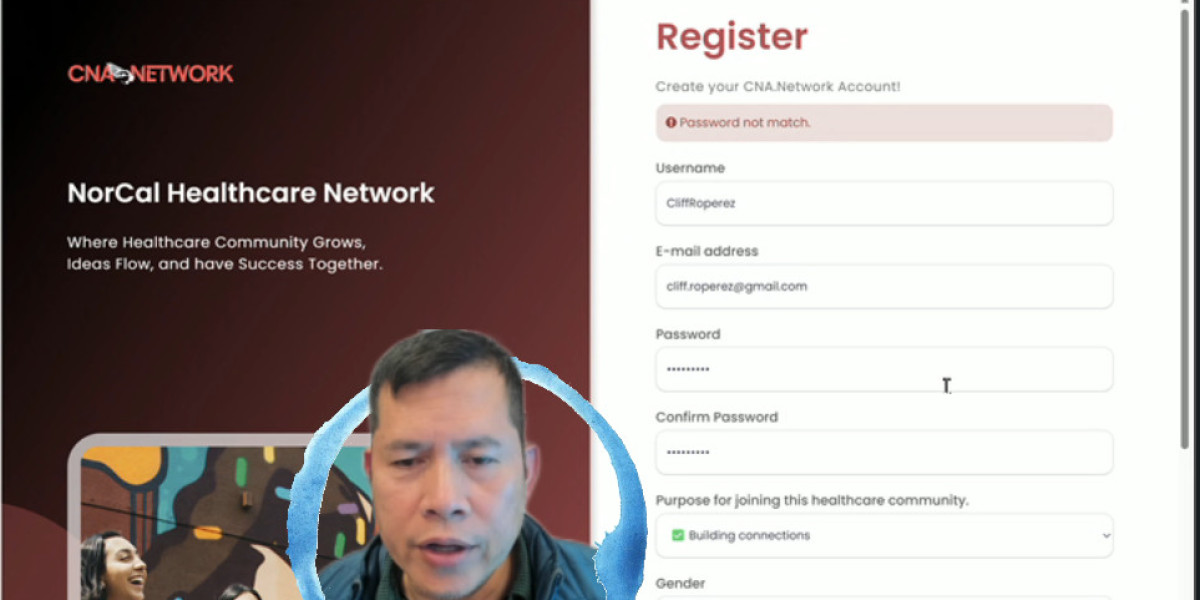In today’s fast-paced digital world, securing identity verification processes is more important than ever. With the increasing threats of identity theft and fraud, businesses need robust solutions that are not only secure but also user-friendly. NFC Verification and Face Liveness Check have emerged as two cutting-edge technologies that are transforming how digital identity verification is performed.
What is NFC Verification?
NFC (Near Field Communication) Verification uses NFC technology embedded in modern ID documents such as passports, driver's licenses, and national ID cards. It enables devices like smartphones to read encrypted data stored in the chip of an ID without physical contact. By scanning the NFC chip, businesses can instantly access authentic, tamper-proof personal information, ensuring a high level of security.
NFC verification reduces manual errors and prevents document forgery, making it ideal for industries like banking, fintech, travel, and healthcare. With a simple tap of the ID document against a smartphone, organizations can verify a user’s identity quickly, accurately, and securely.
What is Face Liveness Check?
Face Liveness Check goes a step further by ensuring that the person verifying the identity is physically present and not using a photo, video, or deepfake to spoof the system. It detects natural facial movements, blinking, head turns, and other biometric signs to confirm real human presence.
This technology uses AI-driven algorithms to analyze various parameters of a face, ensuring that it belongs to a live person and not a static image. It plays a critical role in enhancing security, especially in remote onboarding processes where physical presence isn’t possible.
Why Combine NFC Verification and Face Liveness Check?
By combining NFC Verification with Face Liveness Check, businesses can create a foolproof identity verification process. NFC ensures the document is real, while liveness detection confirms that the person presenting the document is alive and matches the ID’s photo.
This dual-layered approach is crucial for industries that handle sensitive information and financial transactions. It helps meet compliance requirements such as KYC (Know Your Customer) and AML (Anti-Money Laundering) regulations while delivering a seamless user experience.
Conclusion
NFC Verification and Face Liveness Check are redefining digital security standards. Together, they offer a powerful, efficient, and highly secure method to verify identities remotely. As fraud tactics become more sophisticated, investing in these technologies is no longer optional—it's essential for any business aiming to provide secure digital services.








